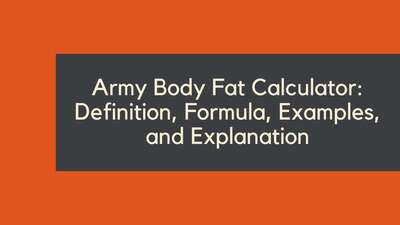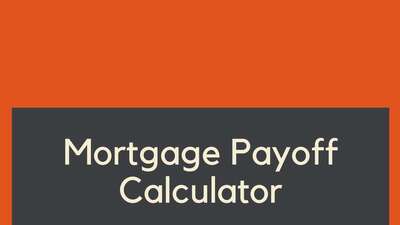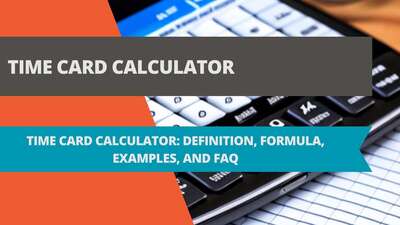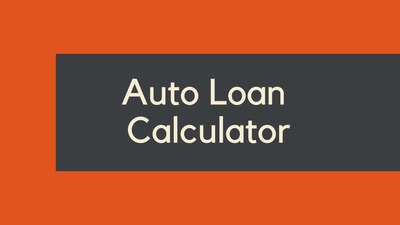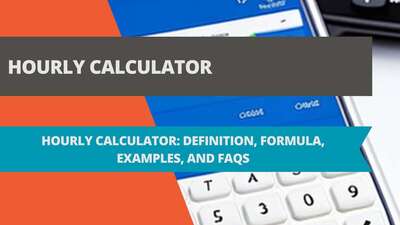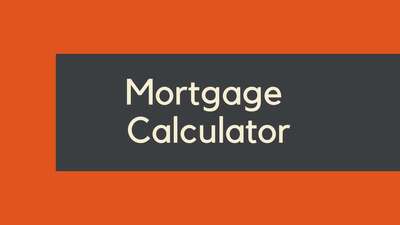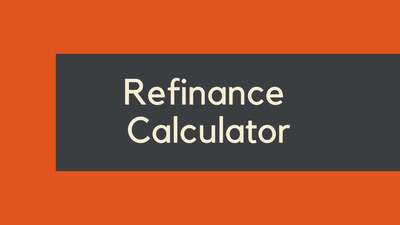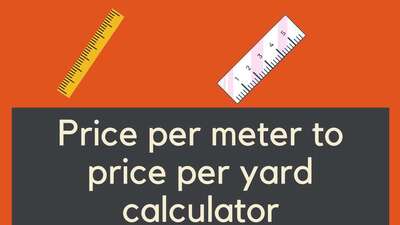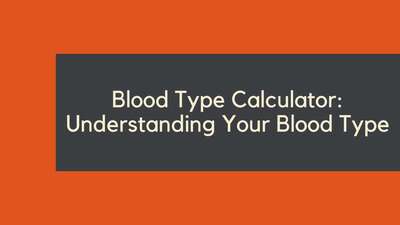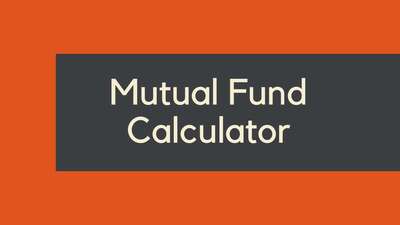Triangle Area Calculator
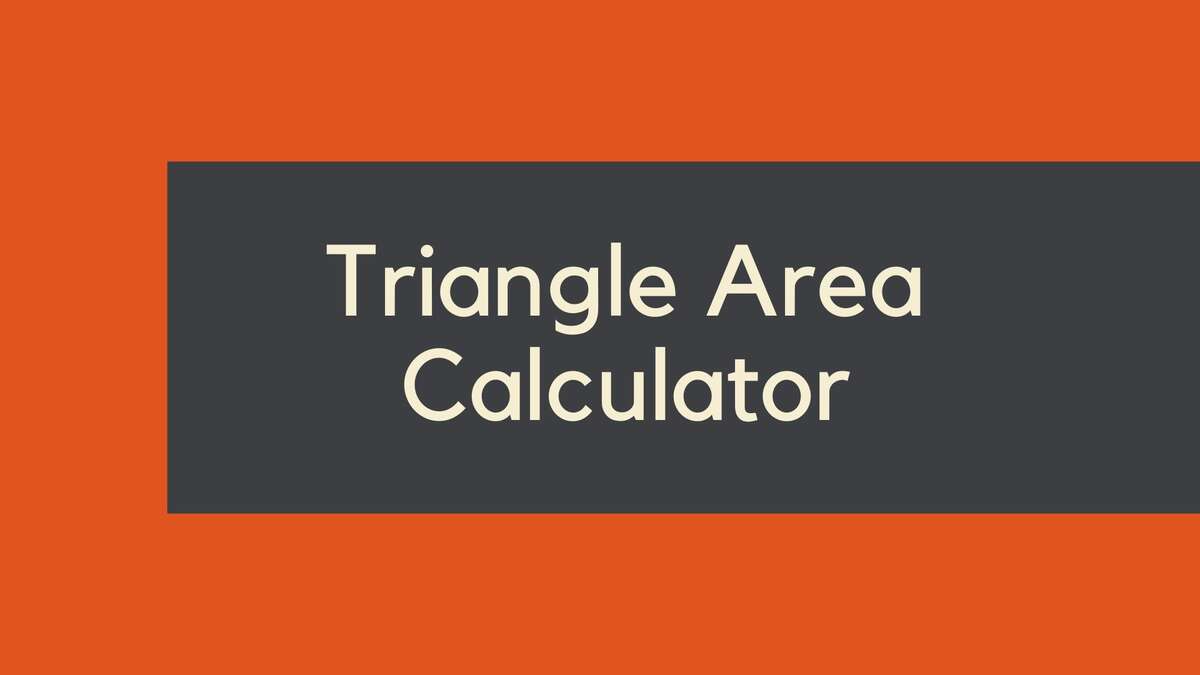
- Definition of a Triangle
- Formula for Calculating Triangle Area
- Examples of Calculating Triangle Area
- Example 1
- Example 2
- Example 3
- Question and Answer FAQ
- Q: What if I don't know the height of the triangle?
- Q: Can I use the formula to calculate the area of a right triangle?
- Q: Is the formula for calculating the area of a triangle the same for all types of triangles?
- Significance of Triangles in Different Fields
- Real-Life Applications of Triangle Area Calculation
- Other Methods to Calculate Triangle Area
- Heron's Formula
- Sine Rule Method
- Misconceptions about Triangle Area
- Side Length and Area Relationship
- Height of Equilateral Triangles
- Enhancing Skills with Triangle Calculations
- Practice Makes Perfect
- Visual Aids and Tools
- Exploring Real-world Applications
- Conclusion
Triangles are some of the most fundamental shapes in mathematics. Whether you are a student just learning about geometry or a professional working with complex calculations, the ability to calculate the area of a triangle is an essential skill. In this article, we will explore the definition of a triangle, the formula for calculating its area, and some examples to help you better understand this concept. We will also answer some frequently asked questions about triangle area calculations.
Definition of a Triangle
A triangle is a three-sided polygon with three angles. The sum of the angles in a triangle is always 180 degrees. Triangles can be classified based on the length of their sides and the measure of their angles. The three main types of triangles are:
- Equilateral triangle: all three sides are equal in length, and all three angles are 60 degrees.
- Isosceles triangle: two sides are equal in length, and two angles are equal in measure.
- Scalene triangle: no sides are equal in length, and no angles are equal in measure.
Formula for Calculating Triangle Area
The formula for calculating the area of a triangle is:
Area = (base x height) / 2
The base of a triangle is the length of the side that is perpendicular to the height. The height of a triangle is the length of the line perpendicular to the base that goes through the opposite vertex. The area of a triangle is always half the product of its base and height.
Examples of Calculating Triangle Area
Let's take a look at some examples to better understand how to calculate the area of a triangle using the formula we just discussed.
Example 1
Find the area of an equilateral triangle with a side length of 5 units.
Solution:
Since an equilateral triangle has three equal sides, we know that each side of this triangle is 5 units in length. To find the height of the triangle, we can use the Pythagorean theorem, which tells us that the height is equal to the square root of 3 times the length of one of the sides divided by 2.
Height = √3/2 x 5 = 4.33 units (rounded to two decimal places)
Now we can use the formula to find the area:
Area = (base x height) / 2 = (5 x 4.33) / 2 = 10.83 square units
Therefore, the area of this equilateral triangle is 10.83 square units.
Example 2
Find the area of an isosceles triangle with a base of 6 units and a height of 8 units.
Solution:
Since we know the base and height of this triangle, we can simply use the formula to find the area:
Area = (base x height) / 2 = (6 x 8) / 2 = 24 square units
Therefore, the area of this isosceles triangle is 24 square units.
Example 3
Find the area of a scalene triangle with sides of length 7, 9, and 12 units.
Solution:
Since we have the lengths of all three sides of this triangle, we can use Heron's formula to find the area:
Area = √(s(s-a)(s-b)(s-c))
where s is the semiperimeter of the triangle (half the sum of the lengths of its three sides), and a, b, and c are the lengths of its sides.
Semiperimeter = (7 + 9 + 12) / 2 = 14
Area = √(14(14-7)(14-9)(14-12)) = √(14 x 7 x 5 x 2) = √980 = 31.24 square units (rounded to two decimal places)
Therefore, the area of this scalene triangle is 31.24 square units.
Question and Answer FAQ
Q: What if I don't know the height of the triangle?
A: If you don't know the height of the triangle, you can use trigonometry to find it. For example, if you know the length of one side of the triangle and the angle it makes with the base, you can use the sine or cosine function to find the height.
Q: Can I use the formula to calculate the area of a right triangle?
A: Yes, you can. In a right triangle, the height is equal to one of the legs of the triangle, and the base is equal to the other leg. You can use the Pythagorean theorem to find the length of the missing side if necessary.
Q: Is the formula for calculating the area of a triangle the same for all types of triangles?
A: Yes, the formula is the same for all types of triangles, as long as you know the length of the base and the height.
Significance of Triangles in Different Fields
Triangles are fundamental shapes that transcend beyond the realm of mathematics. Their significance touches various disciplines and industries. Here's a deeper dive into the importance of triangles:
- Mathematics: Triangles are foundational to geometry and trigonometry, serving as a basis for understanding more complex shapes and formulas.
- Architecture and Engineering: The stability and strength inherent in triangular forms are invaluable. In structural design, triangles ensure that weight and stress are evenly distributed. The inherent strength of a triangle stems from the mutual support its three sides provide, making it resistant to deformation.
- Arts: Triangles have a significant role in compositional techniques. Artists use them to guide the viewer's eye, create balance, or emphasize particular elements within a piece. Whether it's the pyramidal composition in Renaissance art or the dynamic tension it brings to modern designs, the triangle is a versatile tool in an artist's arsenal.
- Spiritual and Cultural Significance: Beyond their practical applications, triangles have deep symbolic meanings in various cultures. They might represent concepts like the Holy Trinity in Christianity, or the past, present, and future in other beliefs. Their interpretations are as varied as the cultures they originate from.
In summary, the ubiquitous presence of triangles in numerous fields underscores their importance. Recognizing their multifaceted applications enriches our appreciation and understanding of the world around us.
Real-Life Applications of Triangle Area Calculation
The area of a triangle is a fundamental calculation in mathematics, but its implications extend far beyond the classroom. In various professions and industries, understanding how to calculate the area of a triangle is paramount. Here's a deeper look at its real-world applications:
- Surveying: When assessing plots of land, especially those with irregular triangular shapes, surveyors rely heavily on triangle area calculations. It helps in precise measurements and documentation of land areas, which is crucial for property sales, development, and taxation purposes.
- Architecture and Engineering: In the realm of design and construction, triangles often emerge as solutions for space utilization and aesthetic considerations. Architects and engineers incorporate triangle area calculations to make informed decisions when designing buildings, bridges, or other structures, ensuring efficient use of space and materials.
- Computer Graphics: The digital world often simplifies complex shapes by breaking them down into triangles. These triangles serve as the building blocks for rendering intricate objects in video games, simulations, and animated films. Artists and programmers use triangle area calculations to optimize visuals, ensuring detailed and lifelike graphics.
- Navigation and Aviation: Pilots and navigators often employ triangular calculations when plotting courses. By breaking down flight or travel paths into triangular segments, they can determine the shortest and most fuel-efficient routes. This is especially critical in aviation, where slight changes in trajectory can lead to significant savings in time and fuel costs.
From the ground we walk on to the virtual worlds we create and even the skies we traverse, triangle area calculations play a pivotal role in shaping our experiences and understanding of the environment.
Other Methods to Calculate Triangle Area
While the formula that uses base and height remains a standard in understanding triangle area calculations, it's essential to recognize that there are multiple methods to derive the area of a triangle, depending on the information available. Let's delve into an alternative approach:
Heron's Formula
Before introducing the sine rule method, it's worth noting Heron's formula, which is another popular technique. It's especially useful when all three side lengths of a triangle are known. The formula is given as: \[ \text{Area} = \sqrt{s(s-a)(s-b)(s-c)} \] where \( s \) is the semiperimeter of the triangle and \( a, b, \) and \( c \) represent the triangle's three sides.
Sine Rule Method
For triangles where the height isn't directly evident, the sine rule method offers a solution. This approach is beneficial when two sides of a non-right triangle and their included angle are known. The formula for this method is: \[ \text{Area} = 0.5 \times a \times b \times \sin(C) \] In this equation, \( a \) and \( b \) are the lengths of the two known sides, and \( C \) represents the angle between them. By employing trigonometric principles, this formula provides a straightforward way to calculate the triangle's area without the need for its height.
Whether it's using the base-height formula, Heron's method, or the sine rule, the objective remains consistent: accurately determining the area of a triangle. Recognizing which method to apply based on the information at hand is key to efficient and accurate calculations.
Misconceptions about Triangle Area
The world of triangles, though seemingly straightforward, is filled with nuances that can often lead to misconceptions. Understanding these misconceptions can be crucial in grasping the true nature and properties of triangles. Let's address some of the common misconceptions:
Side Length and Area Relationship
A prevalent misconception is the belief that the longer the sides of a triangle, the larger its area. At first glance, this may seem logical; however, the reality is different. Imagine a very long but extremely narrow triangle; its area can be quite small due to its limited height, despite having a lengthy base. On the other hand, a triangle with a shorter base but a greater height can have a larger area. Hence, the area of a triangle is determined by both its base and height, and not just by the length of its sides.
Height of Equilateral Triangles
Another common misconception pertains to equilateral triangles. People often believe that all equilateral triangles have the same height. This belief is inaccurate. While equilateral triangles are characterized by equal side lengths and consistent 60-degree angles, their heights can vary. The height of an equilateral triangle is directly proportional to its side length. As the side length increases or decreases, so does its height, even though the internal angles remain consistent at 60 degrees for each angle.
Dispelling these misconceptions is key to fostering a clear understanding of triangles and their properties. When it comes to geometry, it's vital to approach concepts with an analytical mindset and not be swayed by assumptions or generalizations.
Enhancing Skills with Triangle Calculations
Triangles, with their myriad properties and applications, play a pivotal role in the study of geometry. For enthusiasts and students alike, enhancing one's proficiency in triangle calculations can unlock a deeper appreciation for geometry and its real-world implications. Let's explore some methods to bolster these skills:
Practice Makes Perfect
As with many disciplines, consistent practice is paramount in mastering triangle calculations. By repeatedly working through diverse problems, one not only reinforces the basic formulas but also hones problem-solving skills. Challenges that encompass a range of scenarios, from theoretical problems to tangible real-world applications, can help in understanding the breadth and depth of triangle-related concepts.
Visual Aids and Tools
In the realm of geometry, visualization is a powerful ally. Making use of graph paper allows one to physically sketch out triangles, measure their sides, and compute areas. This tactile approach can be invaluable for kinesthetic learners. Moreover, the digital age brings a suite of tools to the table. Digital platforms and software like Geogebra or Desmos provide dynamic environments where one can manipulate triangle dimensions, observe changes in real-time, and delve deeper into intricate geometrical concepts.
Exploring Real-world Applications
Abstract knowledge gains profound significance when applied to real-life scenarios. From architecture to computer graphics, the application of triangle calculations is vast. By exploring and solving problems rooted in real-world contexts, learners can bridge the gap between theoretical knowledge and practical utility, thereby enriching their understanding of the subject.
In conclusion, the journey to mastery in triangle calculations is one of diligence, practice, and exploration. By harnessing a combination of practical exercises, visual tools, and real-world applications, one can achieve a holistic and profound understanding of triangles and their place in the world of geometry.
Conclusion
Calculating the area of a triangle is a fundamental skill in mathematics, and the formula for doing so is simple and straightforward. By knowing the length of the base and the height, you can quickly find the area of any type of triangle, whether it is equilateral, isosceles, or scalene. We hope this article has helped you better understand this important concept.





![Car Loan Calculator: Definition, Formula, Examples, and FAQs [2023 Guide]](/images/page/400/car-loan-calculator-13.jpg)



